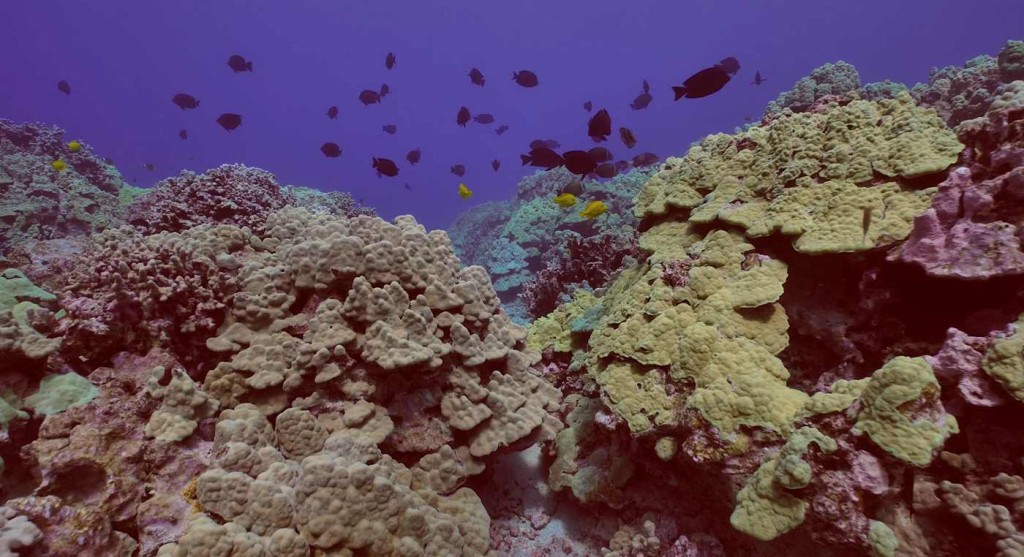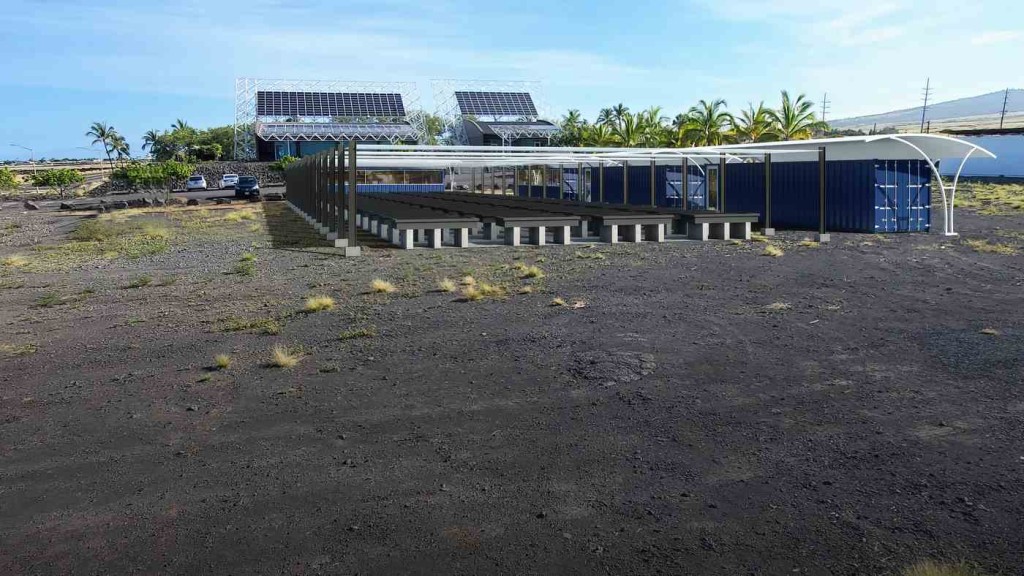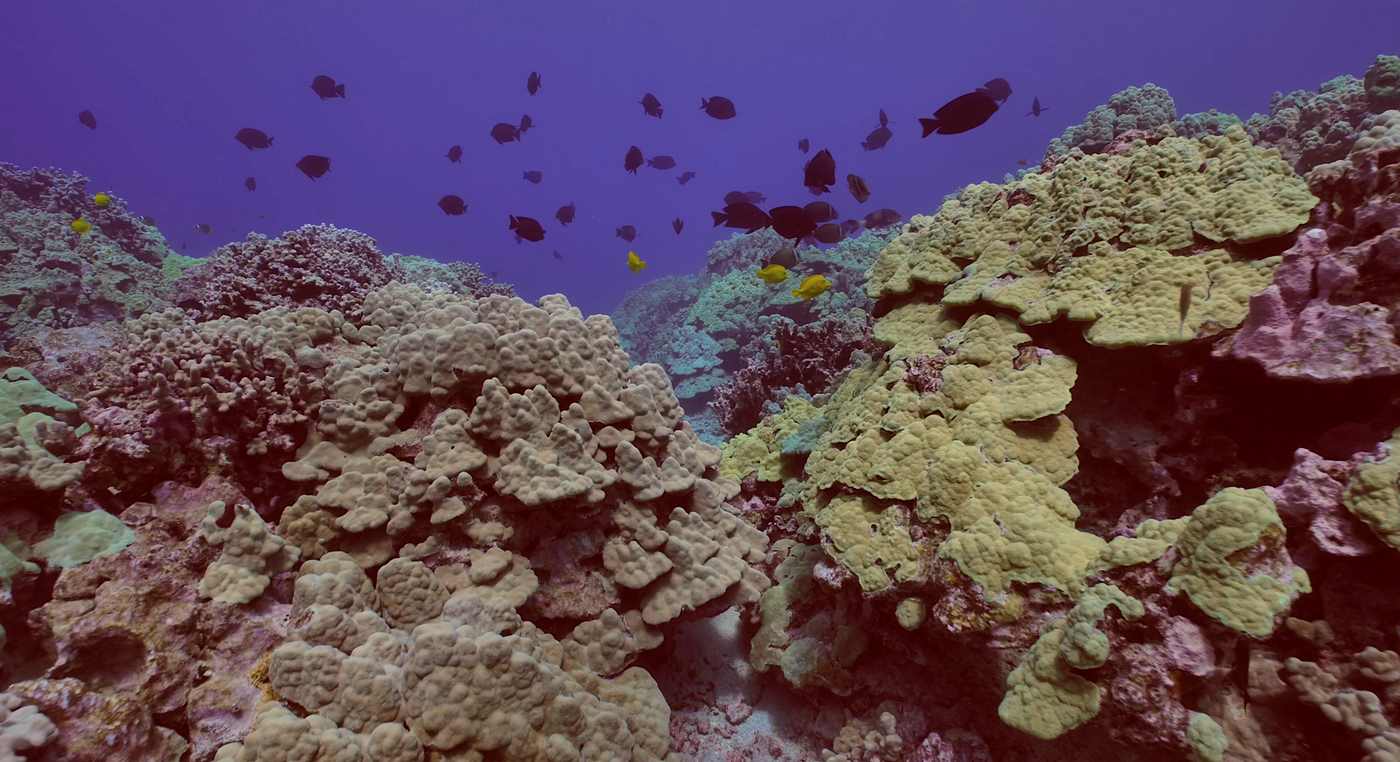
A collaborative effort of scientists and Hawaiian culture-keepers is preparing to undertake the largest restoration of coral reefs in the island chain’s history.
While the scientists work to propagate and study the corals below, a cultural organization called the Kohala Center will work on land to educate how terrestrial activities impact the corals that give such rich life to Hawaiian seas.
Named ʻĀkoʻakoʻa (pronounced ah kō-a kō-a), the effort shares a dual meaning: “to assemble” and “coral,” and is characteristic of the native Hawaiian involvement.
“As a stage for the integration of cultural practice, management, and science, ʻĀkoʻakoʻa will seed a deeper connection between human and coral communities in an era of climate change,” said Greg Asner, director of Arizona State University’s Center for Global Discovery and Conservation Science, who is spearheading the restoration work.
Asner said corals are critical to reef biodiversity and home to millions of marine species, which dot the seafloor with a dizzying array of shapes and sizes, but they’re also the “canary in the coal mine” when it comes to our collective behavior—where corals flourish, land and sea are usually well stewarded.
Compared to other famously rich seas, the Hawaiian Islands have lost only about 7% of their hard corals since research began.
The initial core focus for restorative work will be on the western side of the Big Island, comprising 120 miles of reef and one of the largest coral communities in the Hawaiian Archipelago. Collectively, the West Hawaii coastline harbors a huge range of human and coral conditions.
OTHER OCEAN NEWS: Scientists Find Half the World’s Fish Stocks Are Recovered—or Increasing—in Oceans That Used to Be Overfished
All the contributions from these community leaders, cultural practitioners, ecologists, data scientists, and global information systems experts have been made possible by a total donation of $25 million from the Dorrance family and Dorrance Family Foundation, combined with collaborative funding from U.S. Sen. Brian Schatz’s office, the Hawaii Division of Aquatic Resources, the National Oceanic and Atmospheric Administration and ASU. The initiative looks to greatly expand restorative work on coral reefs and coastlines of Hawaii and beyond.

A key part of the collaboration is a new state-of-the-art coral research and propagation facility located at the joint Ridge to Reef Restoration Center in Kailua-Kona. The center is under construction now in partnership with a land restoration organization called Terraformation. The coral facility will be the largest in the world when completed and will become the hub for testing corals for subsequent reef restoration.
MORE CORAL NEWS: Breeding Corals for the Great Barrier Reef Achieves First Out-of-Season Spawning Event Ever
“We recognize that the health of our planet is tied to the health of countless interconnected systems,” said ASU President Michael Crowe.
“What happens on land affects the health of our oceans, so threats to our coral reefs stand to impact everyone. This collaboration represents the vast potential to accelerate positive change by joining scientific knowledge and cultural wisdom to address a critically important challenge facing our world.”
SHARE This Inspiring Work With Your Hoaloha On Social Media…




















